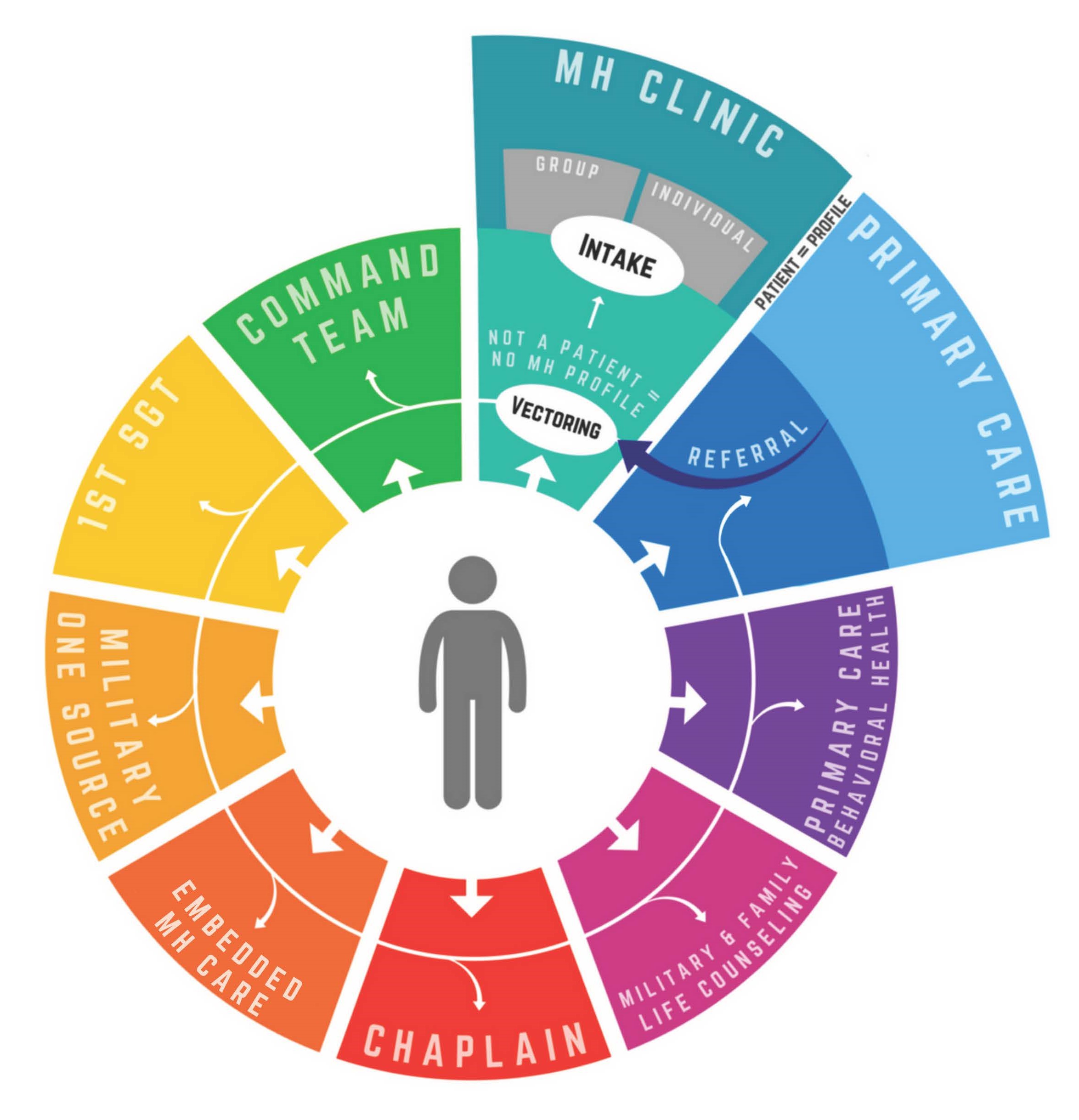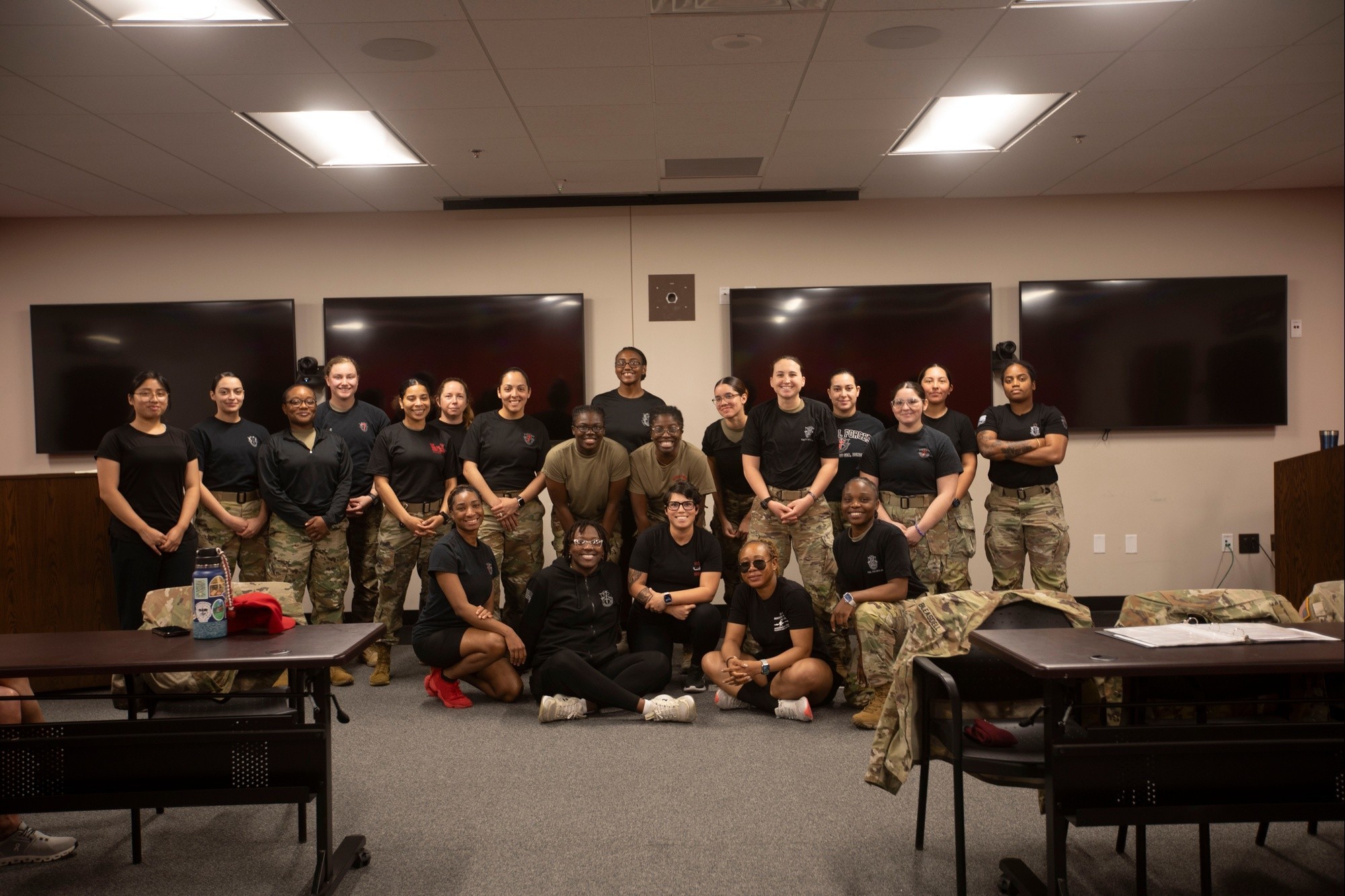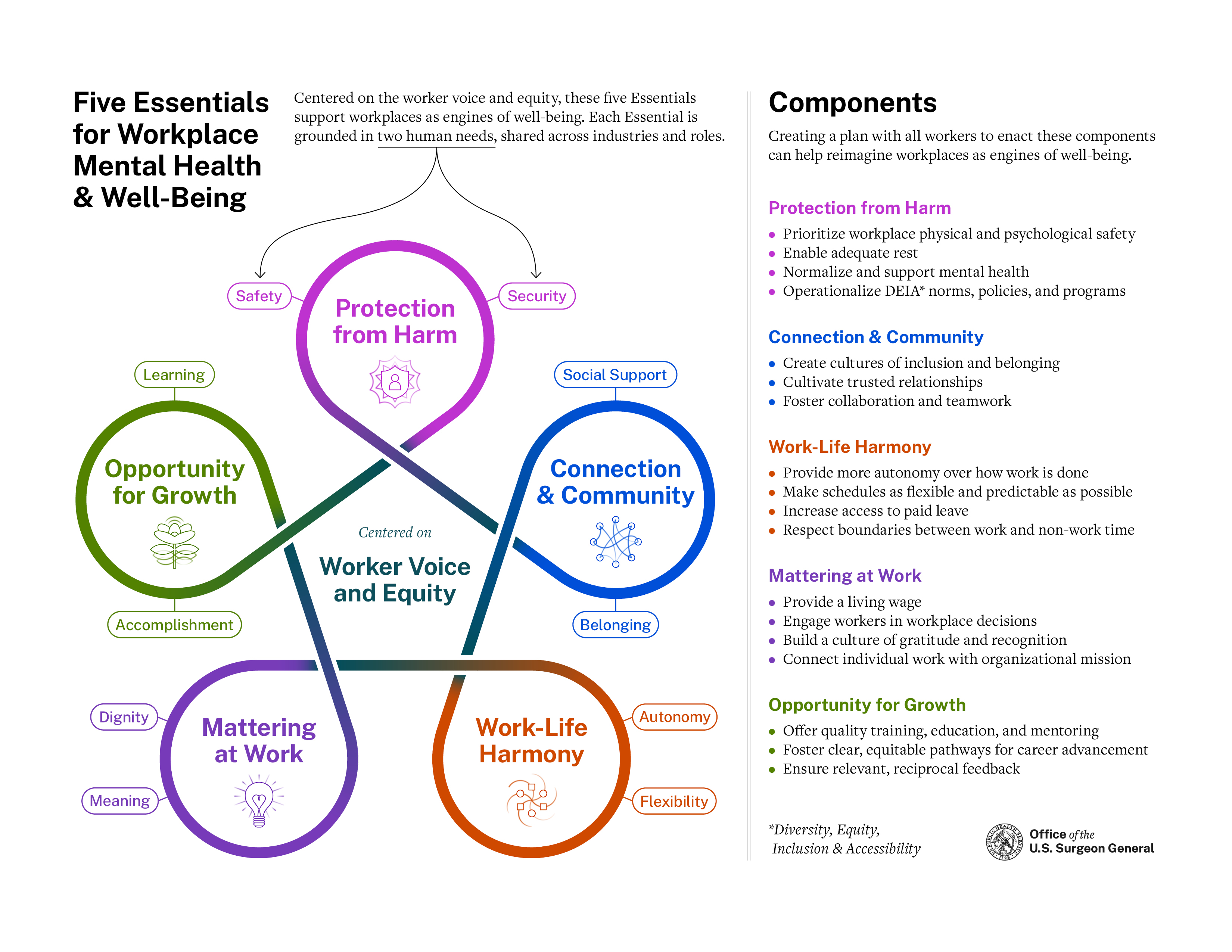
In our busy work lives, taking care of employees matters more than ever. Many companies are using talent development to create a better workplace. Did you know that firms with strong talent programs see a 25% jump in employee satisfaction? Yep, it's true! Employee wellbeing isn't just a trendy term; it's key to a successful business. By focusing on talent development, companies not only improve skills but also lift morale, boost engagement, and cut down on turnover. Think about a place where employees feel appreciated, motivated, and ready to grow both personally and professionally. Here, we’ll look at how talent development ties into employee wellbeing and offer a clear guide to making it work. Whether you're in HR, managing a team, or just keen on fostering a good work vibe, this is your guide to understanding how nurturing talent can lead to a happier, healthier team. Let's get started!
The Importance of Talent Development in Enhancing Employee Wellbeing
Talent Development's Role in Employee Wellbeing
Training and development for employees are crucial in aligning personal growth with organizational goals. This alignment not only boosts engagement and retention but also enhances overall productivity. Companies that prioritize talent development often experience increased innovation and reduced hiring costs.
A comprehensive approach to talent development includes:
-
Mental Health and Wellness: Addressing stress and supporting overall well-being are essential components.

-
Mentoring Programs: Effective mentoring can lead to more satisfying and engaging job experiences, fostering a supportive and inclusive workplace environment.

For further insights, explore the benefits of employee training and development and read about holistic approaches to employee health. These resources provide valuable information on how organizations can thrive through well-rounded talent development strategies.
Step-by-Step: Implementing Talent Development to Enhance Employee Wellbeing
Identify Candidates for Talent Development Opportunities
Evaluate Performance Reports for Talent Development
To spot the right folks for talent development, start by checking out performance reviews and skills assessments. These give you a good idea of who's ready for growth. Performance reports are handy because they show who's consistently doing well and ready for more.

But don't just rely on numbers. Talk to managers and team leaders too. They can offer insights into someone's leadership potential or how they handle change—stuff you can't always see in the data.
Conduct HR Interviews for Employee Wellbeing
Pair HR interviews with skills assessments to get a full picture of an employee's career goals and readiness for development. Interviews should dig into past performance and future potential, while skills assessments measure what they can do now and where they can improve.
This mix helps pick the best candidates for development, making sure the organization's efforts are spot-on and effective.
Connect Company Requirements with Talent Development Goals
Engage Organizational Levels for Employee Wellbeing
To make sure talent development fits with business needs, get input from all levels—senior management, department heads, and team leaders. Their perspectives help shape a clear picture of the skills needed for success.

Bringing everyone into the conversation builds a culture of teamwork and shared responsibility for developing employees, aligning talent development with company goals.
Conduct Skills Gap Analysis for Development
A skills gap analysis helps pinpoint the difference between current skills and what's needed for the future. Compare what employees can do now with what they'll need to do, using strategic planning and industry benchmarks.
The findings help set targeted development goals, making sure initiatives are relevant and effective.
Define Employee Wellbeing Goals and Benchmarks
Set clear, measurable goals and benchmarks for talent programs. These should match company objectives and employee career goals. For example, you might aim for new technical skills or better leadership abilities.
Benchmarks act as milestones, keeping development on track and ensuring goals are met.
Link Specific Employees to Tailored Talent Development Plans
Match Employees to Development Programs
Once you've identified candidates, match them with development programs that fit their career goals and needed skills. These programs could include formal courses or hands-on learning.
Tailoring to each person's learning style and pace boosts the chances of success, keeping them engaged and growing.
Select Candidates for Specialized Training
Select top candidates for specialized training that benefits both them and the organization. This might mean leadership training for future managers or technical training for key roles.
By placing candidates in relevant training, both individuals and the organization gain from the investment, enhancing performance and satisfaction.
Align Talent Development Initiatives with Business Objectives
Establish Success Criteria for Wellbeing
Set clear success criteria for talent programs to measure their impact on business and employee performance. Make sure they're specific, measurable, achievable, relevant, and time-bound (SMART).
For instance, aim for a 20% boost in project management skills in six months. These criteria provide targets for employees and a way to gauge program effectiveness.
Secure Leadership Buy-In for Development
Getting leadership on board is key for talent development success. Their support ensures resources are available and fosters a learning culture.
Show leaders how development ties into business goals and employee wellbeing, enhancing overall performance. Leadership backing ensures alignment with organizational goals and ongoing support.
Offer Diverse Learning Opportunities
Provide Mentorship and Coaching for Wellbeing
Mix formal training with coaching, mentorship, and real-world assignments for well-rounded growth. Mentorship offers guidance, coaching hones specific skills, and workshops provide hands-on learning.
These varied options cater to different learning styles, promoting comprehensive development and boosting engagement and retention.
Include Real-World Assignments for Growth
Real-world assignments offer practical experience and reinforce learning. These should be relevant to the employee's role and align with company goals.
By tackling real challenges, employees apply new skills, gain confidence, and show their ability to contribute to success.
Promote Accessibility and Continuous Engagement
Utilize Digital Platforms for Employee Wellbeing
Use digital tools and flexible schedules to make learning accessible and fit diverse needs. Online platforms and virtual classes offer convenience, letting employees learn at their own pace.
Flexible scheduling accommodates different work and personal commitments, ensuring everyone can join in.
Encourage Continuous Feedback for Growth
Continuous feedback keeps motivation high and progress steady. Set up regular check-ins between employees and managers to discuss progress and adjust plans as necessary.
A two-way feedback process lets employees share experiences and suggest improvements. This keeps development relevant and effective, fostering open communication and improvement.
Measure Effectiveness and Adjust Programs
Track KPIs for Employee Wellbeing
Tracking KPIs is crucial to see how well talent programs work. Look at metrics like retention rates, promotions, and performance improvements. Regularly checking these shows if programs are hitting their goals.
This data highlights successes and areas for improvement, ensuring initiatives are adaptable and responsive.
Use Insights to Enhance Development Programs
Use insights from tracking KPIs and feedback to refine talent programs. Analyze trends to find successful strategies to replicate. Identify where programs fall short and make changes to fix gaps.
Continuous improvement keeps initiatives effective and aligned with goals.
Recognize and Reward Progress
Celebrate Employee Growth Achievements
Recognizing and celebrating growth and achievements is key. Public recognition, certificates, or advancement opportunities boost morale, reinforce good behavior, and motivate ongoing development.
Celebrating success shows the value of development and encourages participation.
Highlight the Value of Talent Development
Consistently communicate the value of talent development to employees and the organization. Share success stories and testimonials from those who benefited.
Reinforcing the importance of development fosters a learning culture, contributing to employee wellbeing and success.
Step 1: Assessing Employee Needs and Organizational Goals
Conduct thorough assessments of employee skills, potential, and wellbeing alongside organizational needs to guide development priorities. Gather data through surveys, interviews, and reviews to understand aspirations and identify development areas.
Engage with leaders to clarify strategic goals and needed skills. This dual assessment aligns initiatives with individual and organizational objectives.
Step 2: Designing and Developing Talent Programs
Design programs with a mix of formal learning, coaching, mentorship, and challenges tailored to needs. Use technology to map growth journeys and customize content for flexibility and relevance.
Develop flexible, scalable programs with clear objectives, resources, and timelines for structured development.
Step 3: Implementing Talent Development Initiatives
Implement initiatives with clear communication about goals and benefits to encourage buy-in. Equip managers with tools and training for support and feedback.
Ensure access to materials and training time for smooth execution. Monitor closely, addressing challenges and adjusting as needed.
Step 4: Monitoring and Evaluating Impact
Regularly track progress against success criteria using KPIs like skill acquisition and engagement. Gather feedback to identify challenges and opportunities for improvement.
Analyze data to refine future efforts. Regular evaluation ensures initiatives remain relevant and effective, supporting wellbeing and success.
By using these strategies, organizations can run talent development initiatives that boost skills and performance, contributing to employee wellbeing. Emphasizing continuous learning and aligning goals with business needs fosters a growth culture, leading to better engagement, retention, and productivity.
FAQ: Enhancing Employee Wellbeing Through Talent Development
Tailoring Employee Training Programs for Job Satisfaction
To make training effective for everyone, begin with a clear plan that aligns business needs with employee goals. Consider it a roadmap for success and retention. Regular reviews and assessments help in evaluating current skills and potential, shaping training to fit both individual and team growth.
Personalized development plans guide employees toward their career goals, fostering a sense of support and motivation. Incorporate a mix of:
- Formal training
- Coaching
- Mentorship
- Self-driven learning (e.g., online courses and job rotations)

Regular feedback ensures progress is maintained and motivation remains high. Allowing employees to have a say in their training makes them feel valued, which can enhance job satisfaction and increase retention.
Effective Wellness Programs to Reduce Employee Turnover
A successful wellness program empowers employees with choices regarding where, when, and how they work, reducing burnout. Move beyond mere discussions about wellness; make mental health resources, such as apps and Employee Assistance Programs, easily accessible.
A workplace that respects personal space and has leaders modeling healthy behavior significantly impacts employee well-being and retention. More companies are investing in mental health resources like teletherapy and mindfulness, alongside physical health programs for smoking cessation and weight management.
Combining mental and physical health support leads to improved productivity and helps retain employees.

Benefits of an Internal Talent Marketplace for Career Development
An internal talent marketplace aligns employee capabilities with company needs, providing personal growth and career path opportunities. It enables employees to take charge of their development through mentorship, cross-departmental projects, and certifications, effectively breaking down learning barriers.
These marketplaces foster continuous learning by integrating:
- Formal training
- Informal learning
- Coaching
- Feedback
They empower employees with greater control and decision-making power, enhancing engagement, innovation, and loyalty by demonstrating their value. Tools like the Talent Health Index can identify areas for improvement and tailor development to enhance employee well-being and career growth.